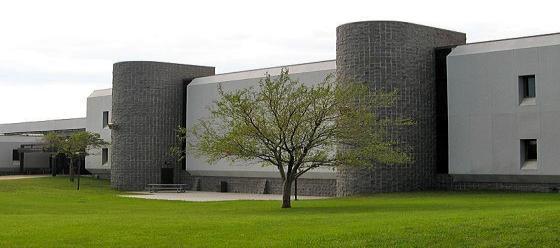Since the founding of our communities, organizations, businesses and citizens have stepped forward to build and serve their community. Click on any of the logos below to learn about those who made this website possible! If you would like to learn about becoming a sponsor CLICK HERE!

- County: Nobles County, MN
- Region: Southern MN
- Sponsors
- About Rushmore, MN
- Businesses
- Community Organizations
- Faith Organizations
- Festivals and Events
- Points of Interest
- Veterans
- Visit Website
Learn how to Contribute to any of the above categories.
No news yet. Got some news? Hit that NEW POST button!
About Rushmore, MN
The city was named for S.M. Rushmore, an early pioneer. The town owes its existence to the construction of the Worthington and Sioux Falls Railway, and the desire of a New York capitalist to establish a land colonization scheme in southwestern Minnesota. When the Worthington and Sioux Falls Railway was initially surveyed, it was decided to construct a station house in section 19 of Dewald Township. The station house was Named Miller Station, in honor of ex-governor Stephen Miller, and for two years it had no inhabitants. In 1878, George I. Seney, a New York capitalist, secured control of large plots of railroad land in Dewald and Olney Townships. He immediately began the process of colonizing the lands, bringing out settlers from New York City and other eastern points. On May 27, 1878, a Mr. S. M. Rushmore arrived in Worthington along with his family, and immediately took a train for Miller Station. There he established a store to serve Mr. Seney's flood of colonists. A railroad depot was also constructed, and the town was surveyed and platted. In August 1878, the town was renamed Rushmore in honor of the pioneer shopkeeper, and the community grew rapidly.Indeed, a business directory from the fall of 1879 shows that Rushmore had a general store, a feed mill, an elevator, a hotel, a hardware store, a grocer, a lumber agent, a tinware dealer, a notion store, a jeweler, and two blacksmiths. The town also had a new church and a new school. On March 27, 1900, Rushmore, with a population of 204, was incorporated. Village government promptly began under President S. B. Bedford.
Nobles County, MN
Visit our county page and you will find information about our town and county's points of interest, festivals/events and faith community. You also will learn about the community organizations that have built and continue to build strong communities (chambers, community groups, and departments, etc) and much more when you visit the Nobles County, MN page.
Veterans of Nobles County, MN
Veterans come from many walks of life and whether a veteran has severed two decades ago or two days ago, they have made our freedoms possible. Below you will find stories about many who have served. If you would like to nominate a veteran to be included on your town and county page CLICK HERE!







